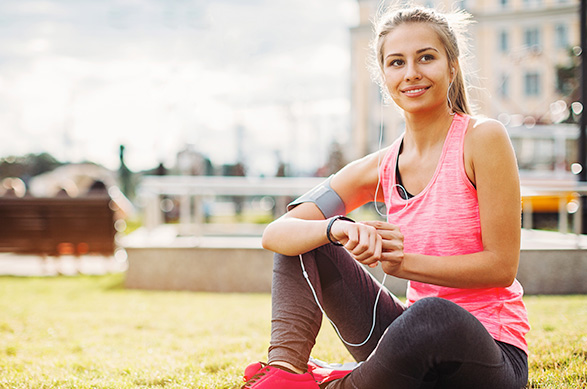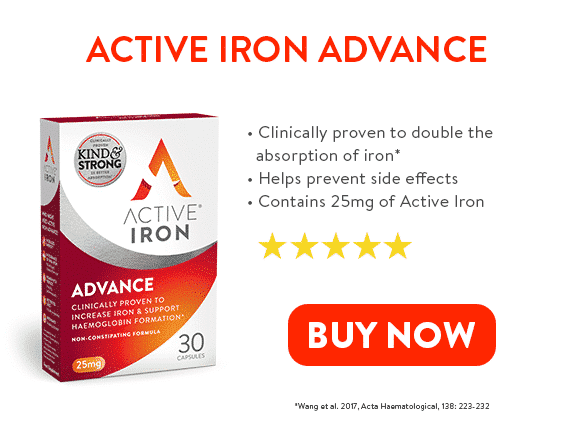Your muscles use iron to help produce energy, so for people who exercise regularly – especially those who enjoy endurance exercise such as running, rowing and cycle – it’s extra-important to maintain optimal iron levels.
Most athletes focus heavily on nutrition, and your body can get iron from a healthy, varied diet. However, it may not be enough to meet the demands of an active athlete. Only a fraction of ingested iron is actually absorbed by the body – even just as little as 5%. It is important to remember that even if you make a conscious effort to ingest more iron from food in order to support your active lifestyle, it still may not be sufficient to meet the daily requirements.

There are two different types of iron found in food, haem and non- haem iron. While haem iron is found in animal proteins, most health authorities recommend a safe upper intake of just 500g of red meat per week. Furthermore, non-haem iron – which is found in plants, nuts and legumes – is absorbed at a much lower rate. Also, other daily habits like drinking tea and coffee after your meals can further reduce your iron absorption, as the tannins present in these beverages binds iron and reduces absorption.
As such, if you’re an active exerciser, ingesting iron from healthy eating alone may not be sufficient to maintain an optimum iron level. Sweating during intense exercise can lead to further iron losses in the body.
Iron also contributes to the reduction of tiredness fatigue, as well as maintaining normal immunity. Pairing an iron supplement with a healthy diet and varied lifestyle may help to support people juggling a hectic lifestyle, especially those who struggle to fit working out into their schedule once they leave the office due to low energy levels. Active Iron is clinically proven to increase iron levels by 94%, while still being gentle on the stomach, and helping to increase energy levels and reduce tiredness and fatigue.*
*Ledwidge et al. 2021, Data on file.


